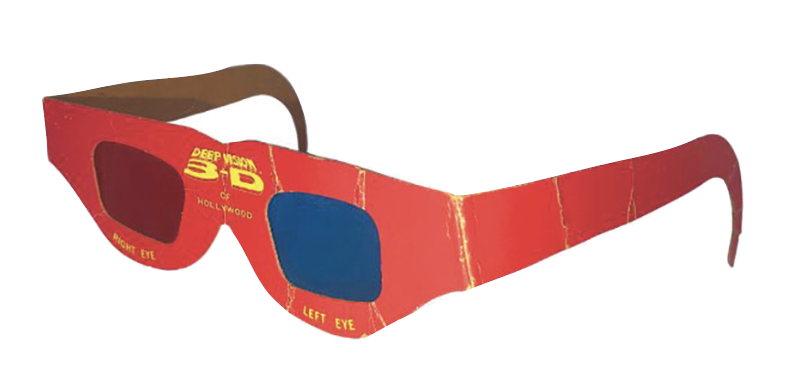
Michael Bushnell
Publisher
This week we continue our summer postcard series featuring early local brewery operations and their families. No local brewing history would be complete without a focus on one of the city’s pioneering families, whose civic involvement wasn’t limited to the making of ales and pilsners. A family of “firsts,” the Heim family built one of the city’s largest brewing operations in the East Bottoms and called the Northeast community their home.
Ferd Heim Sr. entered into the brewing business in Kansas City in 1884 when he and his sons Ferd Jr., Michael and Joseph purchased the old Star Brewery at 14th and Main streets from F. H. Kump & Sons.
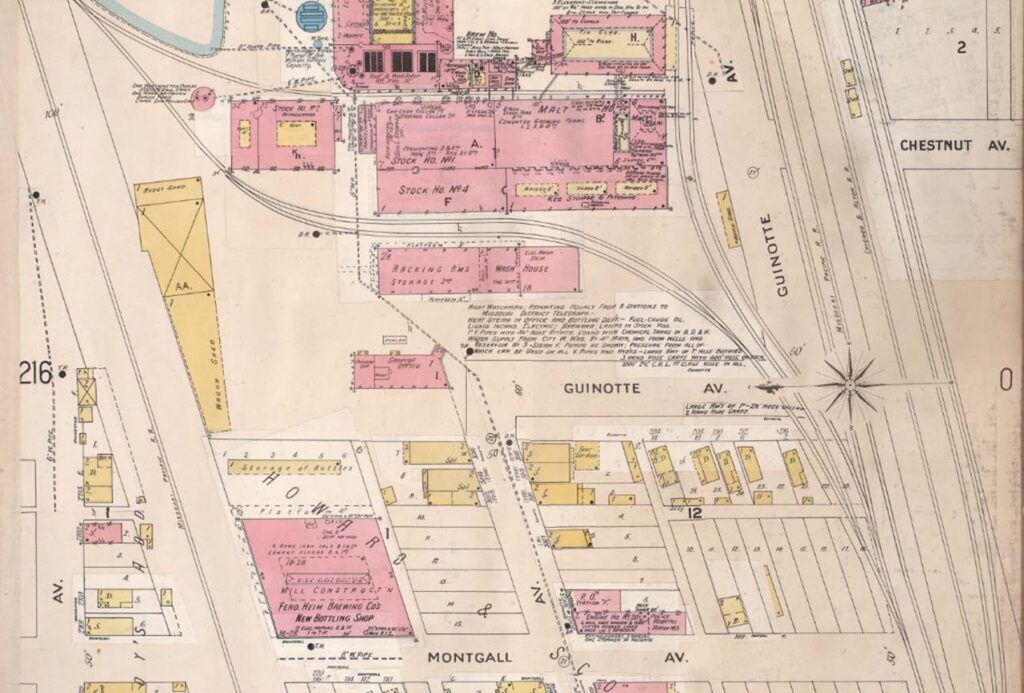
Almost immediately their beer began drawing attention after their draught lager won a blue ribbon at the 1884 St. Louis Fair and their bottled beer drew a second place medal. In 1887 the Heims purchased an old sugar refining plant near the intersection of Agnes Avenue and Montgall in the city’s East Bottoms industrial district. A five-story brick Malt House was added to the complex in 1888 and a new bottling plant located at 501 Montgall Avenue, designed by noted local architect Charles A. Smith, was constructed in 1901 to handle the brewery’s growing complement of Belgian-style ales and lagers.
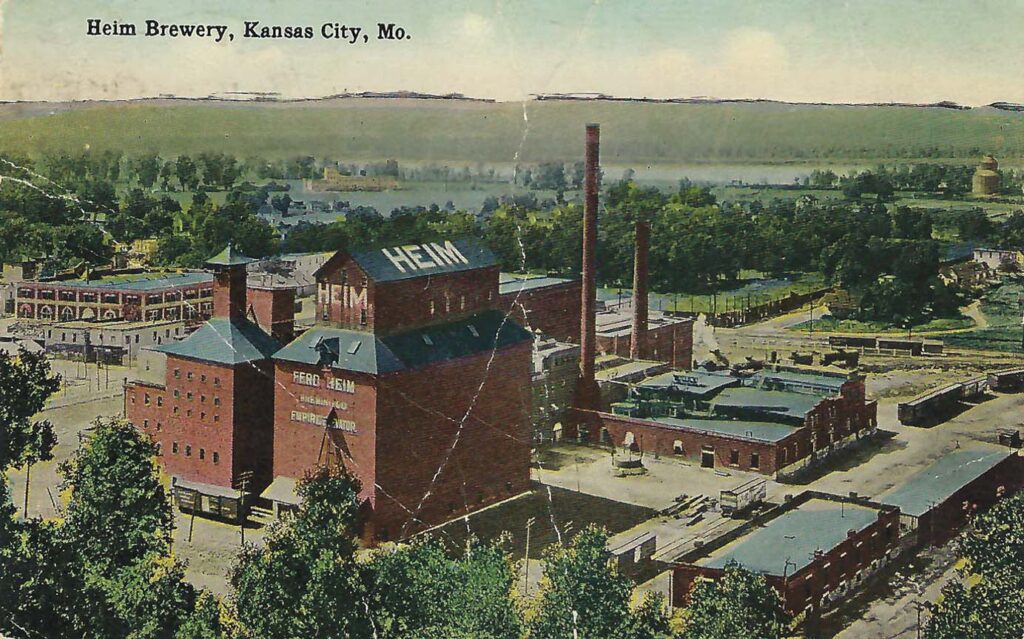
Due to the danger of frequent fires, the Heims constructed what is known as “Heim’s #20,” a fire station on the southeast corner of Nicholson and Montgall Avenues, to protect the brothers’ business interests. The station was staffed with six firefighters and equipped with a hose wagon, 2,000 feet of cotton, rubber-lined hose, two horses and a reserve steamer. The station remained in service for the fire department until 1965 when a newer station was constructed just down the street. The Heim #20 building still stands today.
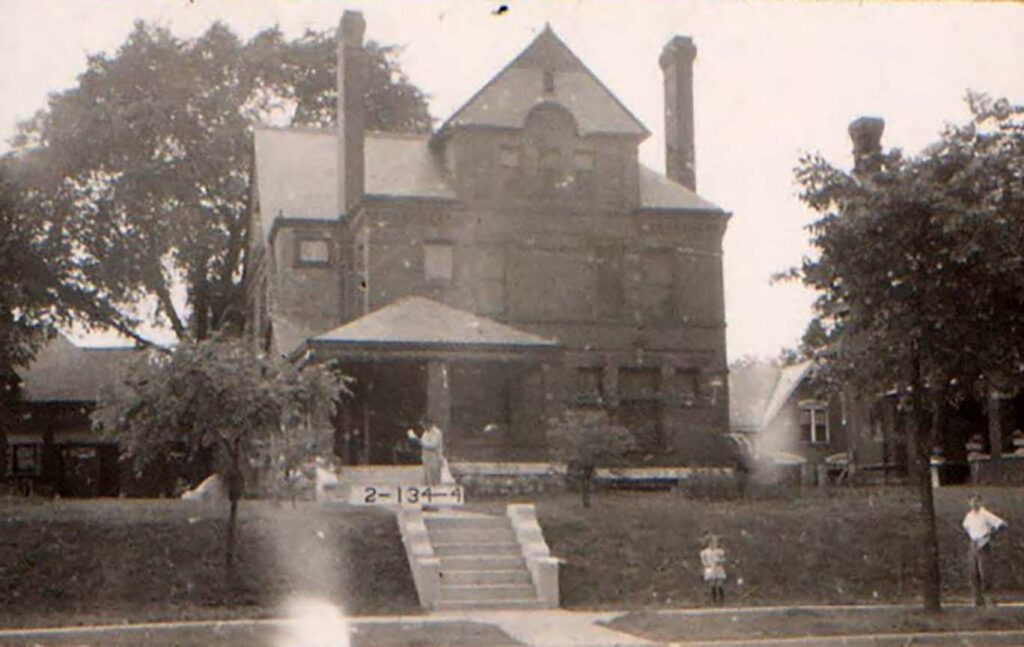
Ferd Heim Sr. and his sons built majestic homes on fashionable Benton Boulevard, all of which remain standing today. The home of Ferd Heim Sr. at 318 Benton Boulevard was donated to the Catholic Diocese for use as the Rectory for the new Assumption Parish following the elder Heim’s death in 1910. The home of Joseph Heim at 300 Benton was converted into a nursing home after his death in 1927. It remained vacant for many years as it languished on the city’s Dangerous Buildings list in the 1990’s and early 2000’s. Fortunately, thanks to a series of preservation-minded owners, it stands today, majestically overlooking Concourse Park as a fully renovated historic, single family residence.
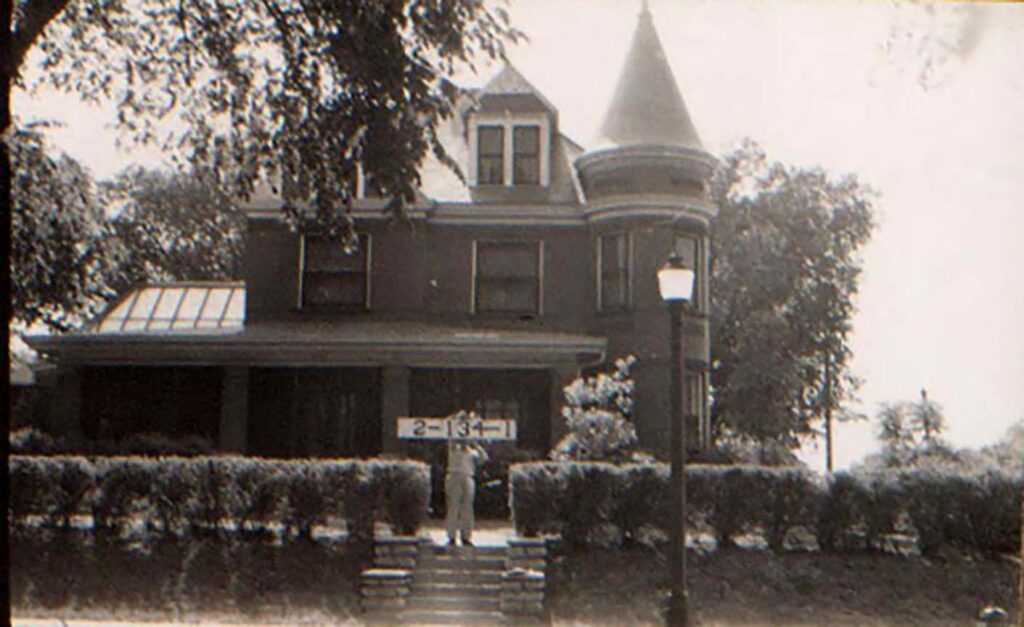
The homes of Ferd Jr. at 324 Benton and Michael Heim at 328 Benton Boulevard share a huge carriage house and a circle drive that surrounds a heart-shaped island occupied by an elaborate fountain. The Michael Heim home at 328 was a Convent for Assumption Parish following Michael’s death in 1934. Both have been painstakingly restored to their original
glory and are contributing properties in the Scarritt Point National Register Historic District.
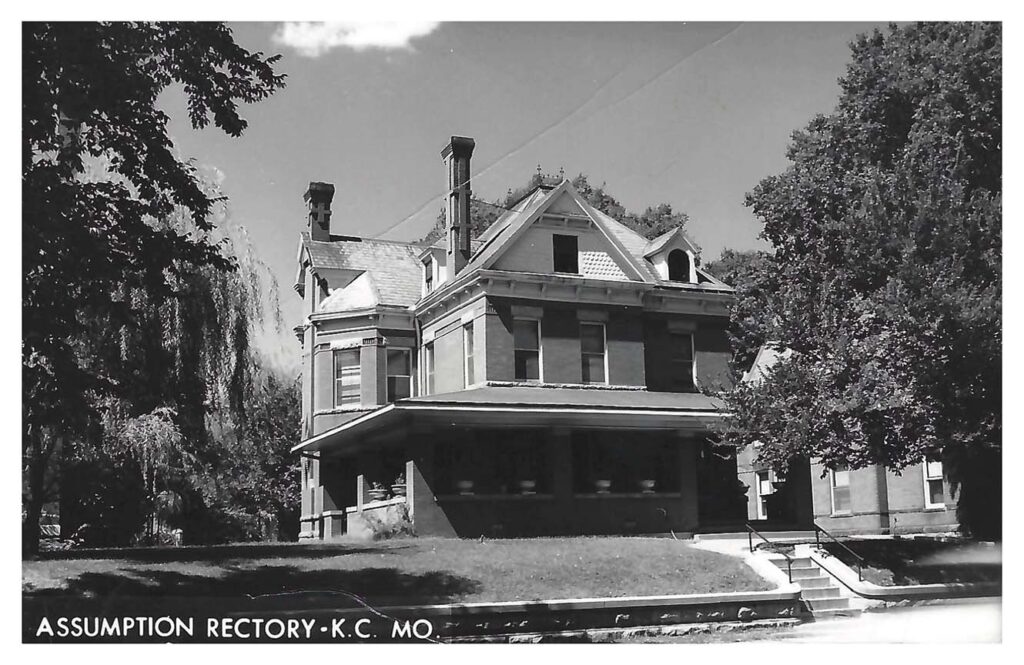
Michael Heim, ever the marketing guru, conceived of the idea to build an amusement park adjacent to the brewery to act as a catalyst promoting Heim beer. In 1899, the city’s first Electric Park was constructed just to the northwest of the brewery complex. The park was named for the over 100,000 electric lights, a novelty at that time, that illuminated the park during the evening hours. Park attractions included a 2,500 seat theater that featured nationally renowned brass bands, a merry-go-round, a roller coaster and a performance show that featured female dancers clad in transparent costumes that slowly rose out of an ornate water fountain on pedestals as music played. As part of the park’s beer garden, a tube running directly from the brewery to the park dispensed fresh Heim beer to patrons.
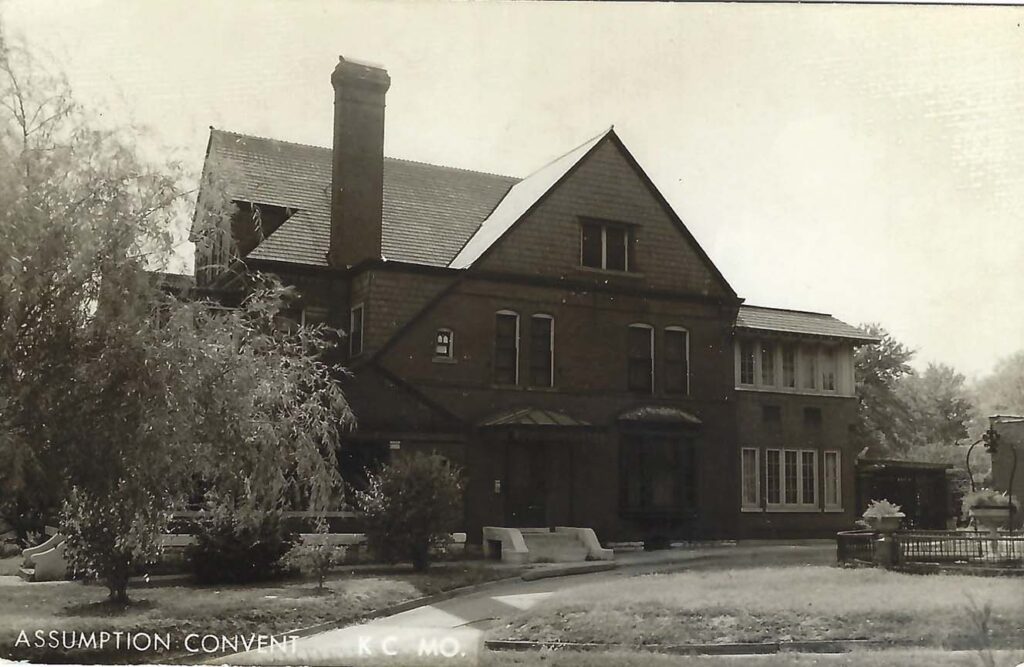
To make it easier to get to the park and the brewery, in 1899, the brothers constructed a streetcar line that ran from downtown to the park along a route roughly followed by 3rd Street and Guinotte Avenues today. The line, operated by the East Side Electric Street Railway Company, owned by the Heims, was built for roughly $90,000 and was powered by the massive electric generators at the brewery. The line greatly increased patronage at the park, according to a letter from the brewery to the city in September of 1901, noting that prior to the line’s completion, there were only about 100 families living in the East Bottoms. That number had increased to 500 when the letter was written, roughly a year after the line began operation.
In 1907 the park was moved to roughly 46th and The Paseo where it thrived for almost 20 years. Following the move, the brothers sold the rail line to the Metropolitan Street Railway Company for $250,000.
In 1905 the brewery underwent a name change when the brothers acquired the assets of the Rochester Brewing Company and rebranded the company to The Kansas City Breweries Company. In December of that same year, the company purchased the then-defunct Imperial Brewery on Southwest Boulevard for $99,500. The new combined company’s brewing capacity was roughly 350,000 barrels, giving the George Muehlebach Brewery a serious run for its money in terms of capacity.
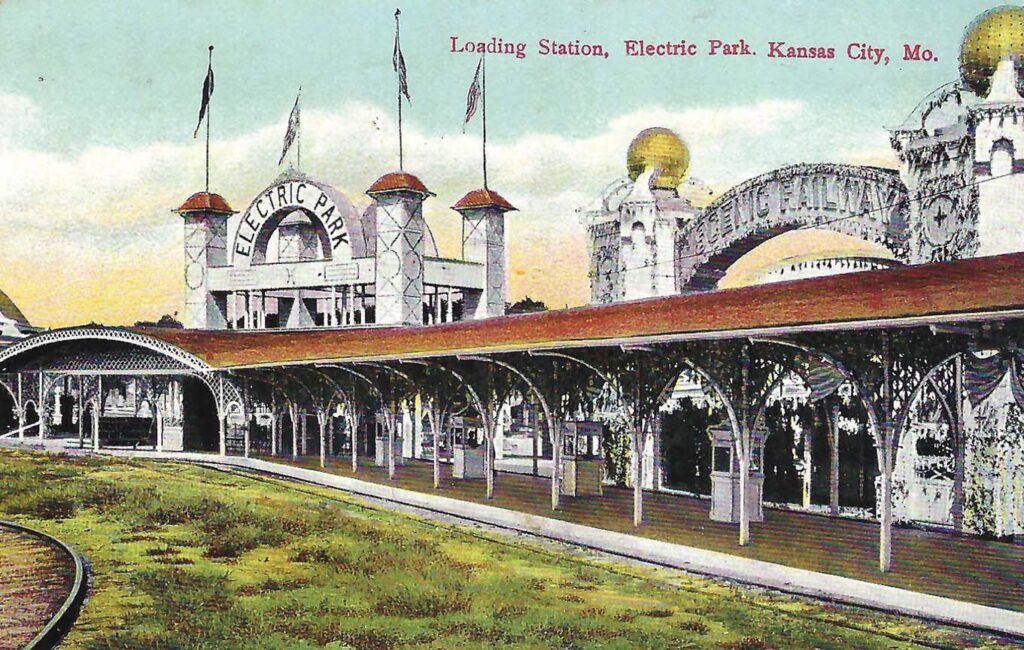
But in 1918, with the passage of the Volstead Act, prohibition became the law of the land, spelling an end to the Heims’ brewing history in Kansas City. The brewery complex was sold to the Empire Storage and Ice company and the bottling building was sold to the Abner Hood Chemical Company.
As the prohibition years dragged on, the Heim brothers suffered greatly from the shuttering of the brewery and the brothers were forced to divest of more and more real estate investments just to stay personally solvent.
Ferd Jr. stayed in his mansion until his passing in 1943. His estate was valued at a little over $1 million. Michael Heim’s estate in 1934 was said to be down to his last million as well.

A family of firsts, the Heim family has a number of notable “firsts” in Kansas City including the chartering of the city’s first baseball team in 1884. The Kansas City Cowboys played their home games in an elaborate Romanesque-style stadium, built on the site of the old Ranson’s Pond at Independence Avenue and Lydia, at the convergence of two streetcar lines. The outfield was unusual given its steep upward slope toward the back fence. The Cowboys were kicked out of the Western League in 1886 for being “too rowdy.”
Also a first, the Heim Brewery was the first to boast a business telephone exchange with the locally owned Home Telephone Company. The family was also the first to own a 25-horsepower steam engine in town. They invented the first top-loading ice box.
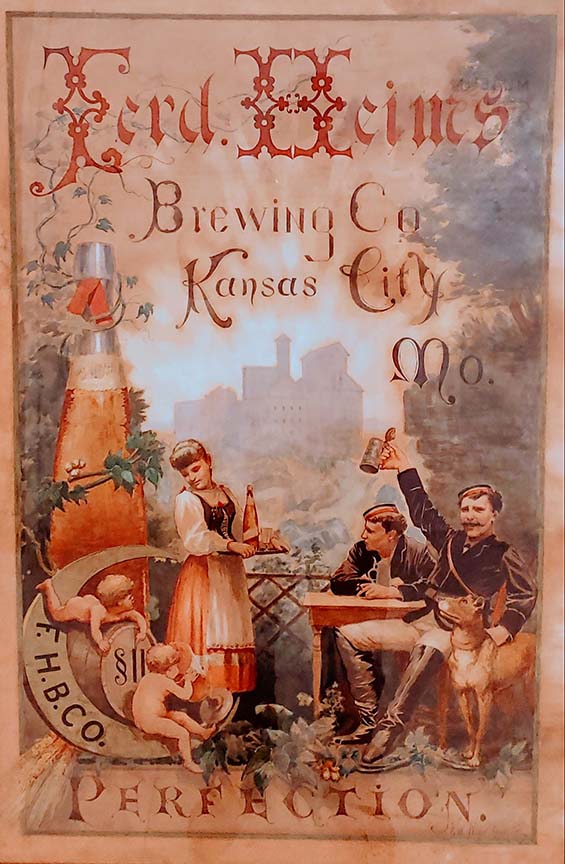
Another first, prior to his death, Ferd Jr. was the first to donate a $1,000 check to the Kansas City Museum and also the first person in Kansas City to own a car with a back seat.
As for the SS 11 symbol found on the brewery’s cornerstone and all Heim beer advertising, it harkens back to 19th century German drinking clubs called Bierverein that would meet on a regular basis and have a beer banquet. Being orderly Germans, there were ten strict rules of conduct for these affairs, but there was always the unwritten, 11th rule of “you will consume it again.” The Heims, as part of their marketing, translated the rule to mean, “You’ll want to drink Heim’s beer again and again.”
Today a majority of the old Heim Brewery complex is still standing. The old bottling plant was purchased by the J. Rieger Distilling Company and currently houses their family-owned distillery. The Malt House and elevator still stand, sans their conical roof lines and smoke stacks. A number of the complex’s single story buildings, such as the stable, are occupied by a variety of frozen food related businesses.



